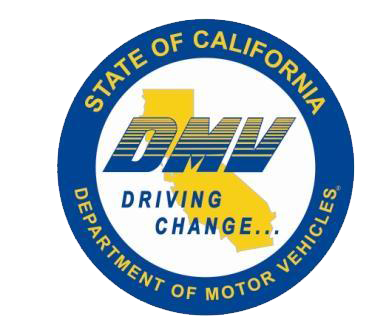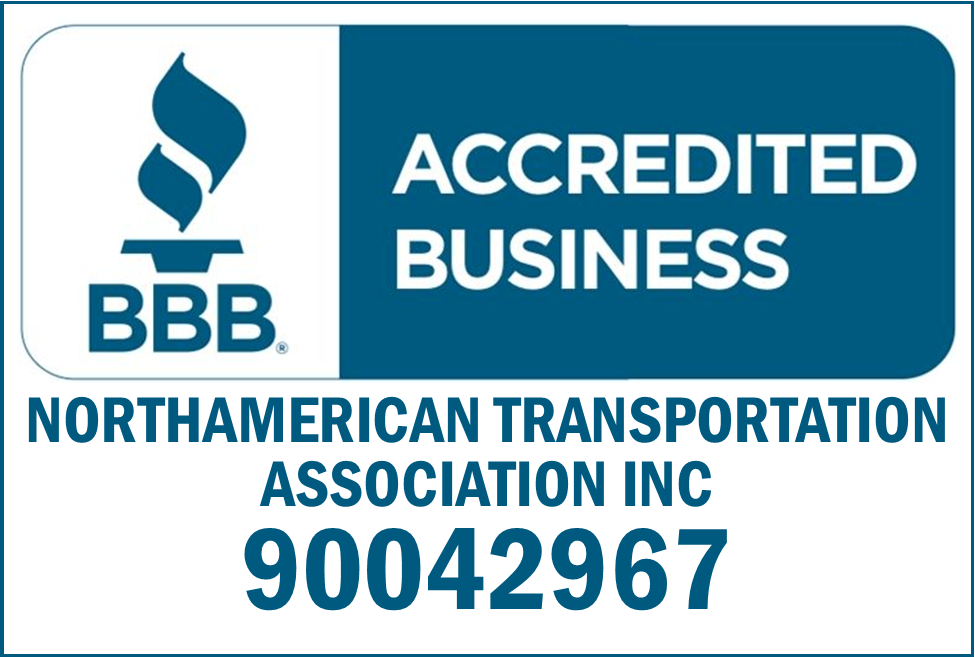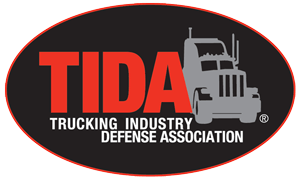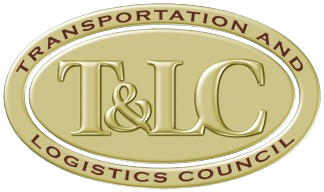Mandatory Speed Limiters Under Consideration Once Again
The Federal Motor Carrier Safety Administration said it’s going to try again to mandate speed limiters for heavy trucks and other commercial vehicles.
FMCSA announced it intends to publish a supplemental notice of proposed rulemaking to follow up on a 2016 proposed rule that was jointly issued by FMCSA and the National Highway Traffic Safety Administration. That 2016 proposal never made it to a final regulation, and never came up with a proposed maximum speed, although the proposal discussed possible limits of 60, 65, and 68 mph.
This new proposal will require interstate motor carriers operating trucks with the capability of governing maximum speeds to limit those vehicles to a speed “to be determined by the rulemaking” for the service life of the vehicle.
The speed limiter rule would apply to commercial motor vehicles in interstate commerce with a gross vehicle weight rating (GVWR) or gross vehicle weight (GVW) of over 26,000 pounds that are equipped with an electronic engine control unit.
This proposal differs from the 2016 one in that it will specifically apply to motor carriers. The previous NHTSA/FMCSA proposal would have required speed limiters to be installed and set at the factory. The FMCSA version would have required interstate fleets to maintain those speed limiters.
FMCSA said it intends to move forward this time with a separate motor carrier-based speed limiter rulemaking. The agency said it believes that placing the requirement on motor carriers will ensure compliance with the rule and potentially avoid confusion on who is responsible.
FMCSA believes the requirements can be met by the motor carriers, but is asking for comments on topics such as:
- Making the rule applicable only to CMVs manufactured after a certain date, such as 2003, because this is the population of vehicles for which ECUs were routinely installed and may potentially be used to govern the speed of the vehicles.
- Whether a retrofit requirement would be necessary.
- What percentage of the CMV fleet currently uses speed limiting devices.
- If in use, at what maximum speed are the devices generally set?
- What skill sets or training are needed for motor carriers’ maintenance personnel to adjust or program ECUs to set speed limits.
- What tools or equipment are needed to adjust or program ECUs and how long adjustment or reprogramming of an ECU would take.
- Should FMCSA include Classes 3-6 (i.e., 10,001 – 26,001 lbs. GVWR)?
As of right now, there is no defined maximum speed setting, and there is no proposed timeframe for implementing speed devices. This notice is the start of a data-gathering exercise, in which FMCSA collects information from fleets on their use of speed limiters.
The National Transportation Safety Board, which has powers only to advise, not to regulate, recently called for the federal government to set performance standards for advanced speed-limiting technology for heavy vehicles and to require that all newly manufactured heavy vehicles be equipped with such devices.
Consider Advanced Safety Tech
American Trucking Associations has consistently opposed efforts by anti-truck groups to pursue a speed-limiter rule setting speeds in the low 60s, although it petitioned the federal government in 2006 to mandate speed limiters set at 68 mph.
“Anti-truck advocates pushed to include that in the recently enacted Bipartisan Infrastructure Law, but ATA successfully fought to keep those provisions out of the final bill,” the association said in an explainer on the speed limiter notice on its website.
Current ATA policy supports a maximum set speed of 70 mph in trucks equipped with automatic emergency braking and adaptive cruise control. In trucks without those safety features, its policy supports a maximum set speed of 65 mph.
ATA previously supported a set speed of 65 mph but revised its speed limiter policy in 2019.
“Factors such as speed differentials between trucks and passenger vehicles, rapidly increasing interstate speed limits nationwide, and the emergence of forward collision mitigation, automated emergency braking, and adaptive cruise control technologies shifted the safety discussion,” according to the ATA website. “Our concerns focused on rear collisions by passenger vehicles into trucks and how speed differentials contribute to those collisions. The result was our revised policy of 70 mph (in conjunction with AEB and ACC).”
The Trucking Alliance, a group of safety-focused motor carriers, has as one of its core desired safety reforms that “truck speed limiters set the maximum speed a large truck may travel” and that FMCSA “should adopt a safety standard that requires all large trucks to not exceed a reasonable maximum speed. Intelligent Speed Assistance, an emerging technology that enables a driver to briefly override the speed limiter in order to more quickly pass another vehicle, should also be considered.”
Last year, with speed limiters widely expected to come up as an issue under the Biden administration, ATA and safety group Road Safe America sent a letter to Transportation Secretary Pete Buttigieg outlining their support for guidelines for speed limiters for policymakers in Congress and at the Department of Transportation, according to ATA’s newspaper Transport Topics.
Content Disclaimer: Due to the constantly changing nature of government regulations, it is impossible to guarantee the total and absolute accuracy of the material contained herein or presented. NorthAmerican Transportation Association (NTA) cannot and does not assume any responsibility for omissions, errors, misprinting or ambiguity contained. NTA shall not be held liable in any degree for any loss, damage or injury caused by any such omission, error, misprinting or ambiguity present. It is made available with the understanding that NTA is not engaged in rendering legal, accounting or other professional service. If legal advice or other expert service is required, the services of such a professional should be sought.











